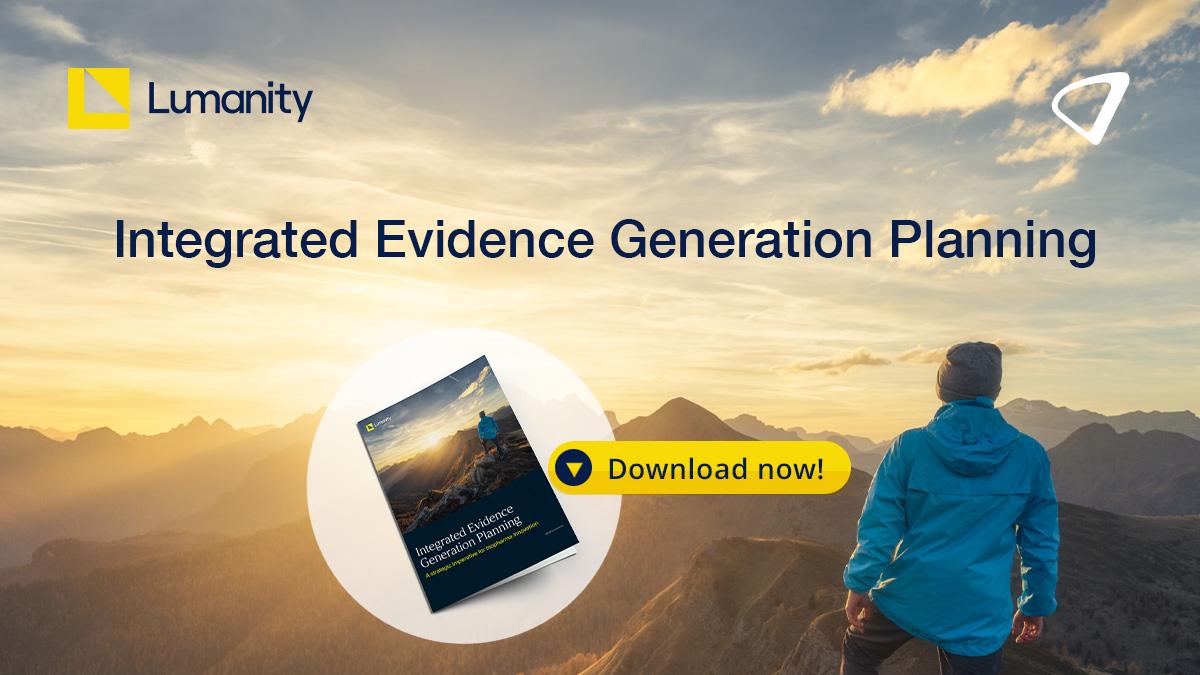NICE’s health inequalities modular update: Commentary on NICE’s response to themes from the consultation

NICE’s modular update on health inequalities, consulted on in January and finalised in May, has now been incorporated into its manual.1 A total of 26 individuals and organisations, including LCP, responded to the consultation. Industry made up the largest share (8), followed by academic bodies (5) and voluntary and community sector organisations (5).2
Respondents broadly supported clearer guidance on how evidence on health inequalities should be presented and how impacts are considered by NICE committees. Distributional cost-effectiveness analysis (DCEA) was also positively received as a quantitative method for modelling inequality impacts within submissions.
Limited changes introduced following consultation
While the consultation has led to some refinements, the changes incorporated into the manual appear relatively minor. Below, we summarise the key updates NICE has made in response to stakeholder feedback.
- The manual now highlights the relevance of both quantitative and qualitative evidence in demonstrating a technology’s potential impact on health inequalities (Section 3.3.18). While the modular update focuses on quantitative evidence, NICE recognises that quantitative analysis alone is unlikely to provide a full picture and may not always be feasible.
- Responding to concerns that routinely producing evidence on health inequalities could impose substantial (or prohibitive) costs on companies, NICE has clarified that providing quantitative evidence is optional and supplementary. Notably, external assessment groups (EAGs) will not produce such analyses on NICE’s behalf for HealthTech guidance and MTAs, but companies may submit this evidence if they wish.
- Several respondents sought clarity on how flexibilities to the cost-effectiveness threshold will be applied. Section 6.2.39 now explains that flexibility should only be applied when a technology’s health inequality impacts are substantial. Those seeking explicit definitions of “substantial impact” or quantified threshold adjustments will find the updates fall short, however, as one might expect. NICE notes that flexibility will be reduced when uncertainty around the health inequality impacts is higher.
Responses to themes raised by LCP
Several of the updates directly respond to points raised by LCP in our consultation submission. Below, we reflect on where our feedback has been incorporated and where further clarity may still be needed.
- We were pleased to see that NICE’s response contains discussion on the distinction between the two forms of DCEA – aggregate and full (in aggregate DCEA, typically only prevalence/incidence and uptake vary, whereas in full DCEA a much broader range of parameters may differ). While the methods support document confirms analysts have discretion over which aspects of inequality to include, and thereby which approach to use, it does not explicitly distinguish between types of DCEA, leaving room for further clarification in practice.3
- We also welcome the addition of a recommendation for analysts to provide a rationale for the use of the Index of Multiple Deprivation (IMD) as the basis for stratification in DCEA, and to justify clearly the chosen stratification approach. This is key to ensuring that the analysis reflects the equity subgroup of greatest relevance, where data permits.
- Finally, while NICE maintains its preference for applying a flat gradient to the opportunity cost distribution due to evidence uncertainty, we welcome the added detail on recommended health opportunity cost gradient scenarios, which should help standardise methodology across appraisals and improve the interpretability of scenario analyses. Recognising the complexity estimating the distribution of health opportunity costs across equity sub-groups, we hope that future studies will strengthen the evidence base and reduce reliance on hypothetical scenarios.
Looking ahead
NICE’s themed response to the consultation suggests that submissions from the 26 respondents have been systematically considered over recent months. It also outlines ongoing work to develop a proportionate approach for identifying technologies that substantially increase health inequalities. This will be of particular interest to companies, given the implication that the cost-effectiveness threshold may be reduced in such cases, raising the important question of how NICE will avoid disincentivising innovation in therapy areas where worsening inequalities could be an unintended consequence of patient access to new technologies.
With the guidance now established, focus shifts to its implementation and real-world impact. Continued dialogue between NICE, industry, and stakeholders will be crucial to monitor outcomes and support companies as they navigate the changes introduced by the modular update. Importantly, manufacturers can discuss the potential inclusion of evidence on health inequalities with NICE technical teams, including during scope development. While equity considerations are embedded in HTA processes internationally, NICE’s updates represent an important contribution to the evolving global methodological landscape, particularly in advancing quantitative approaches to addressing health inequalities.
References
NICE health technology evaluations: the manual. NICE process and methods. Published 31 January 2022. Last updated 13 May 2025. NICE health technology evaluations: the manual. Accessed June 2025.
NICE Health inequalities modular update consultation: Reponses to themes. May 2025. PMG36 Health inequalities modular update consultation: Responses to themes 13/05/2025. Accessed June 2025.
NICE. Support document: Health inequalities. Implementation support. Published 13 May 2025. Support document: Health inequalities. Accessed June 2025.
About the authors
 Catrin Treharne is a partner and health economics lead in LCP’s Health Analytics team, with more than 13 years’ experience in health economics and health technology assessment. Treharne’s experience spans the product lifecycle, from early economic models to global models suited for health technology assessment, as well as models developed for use in local payer negotiations. In her work, Treharne advances the application of methods to quantify health inequalities and reflect the broader value of health in decision-making.
Catrin Treharne is a partner and health economics lead in LCP’s Health Analytics team, with more than 13 years’ experience in health economics and health technology assessment. Treharne’s experience spans the product lifecycle, from early economic models to global models suited for health technology assessment, as well as models developed for use in local payer negotiations. In her work, Treharne advances the application of methods to quantify health inequalities and reflect the broader value of health in decision-making.
 Jonathan (“Jonny”) Pearson-Stuttard is head of health analytics at LCP. As a public health physician and epidemiologist, Pearson-Stuttard is also Chair of the Royal Society for Public Health and Honorary Clinical Senior Lecturer at Imperial College London. At LCP, he leads a multi-disciplinary analytics team developing innovative analytics and technology approaches that cut through the noise of complex datasets and put actionable insights into the hands of decision makers across health and life sciences. Pearson-Stuttard trained at the University of Oxford and has been awarded multiple competitive clinical-academic research positions from the NIHR and the Wellcome Trust at Imperial College London.
Jonathan (“Jonny”) Pearson-Stuttard is head of health analytics at LCP. As a public health physician and epidemiologist, Pearson-Stuttard is also Chair of the Royal Society for Public Health and Honorary Clinical Senior Lecturer at Imperial College London. At LCP, he leads a multi-disciplinary analytics team developing innovative analytics and technology approaches that cut through the noise of complex datasets and put actionable insights into the hands of decision makers across health and life sciences. Pearson-Stuttard trained at the University of Oxford and has been awarded multiple competitive clinical-academic research positions from the NIHR and the Wellcome Trust at Imperial College London.
 Lauren Harrison is an analyst with a multidisciplinary background in medical anthropology, public health, and international development. She has experience conducting primary qualitative research and targeted literature reviews to examine the complex intersections between health and social inequities.
Lauren Harrison is an analyst with a multidisciplinary background in medical anthropology, public health, and international development. She has experience conducting primary qualitative research and targeted literature reviews to examine the complex intersections between health and social inequities.












